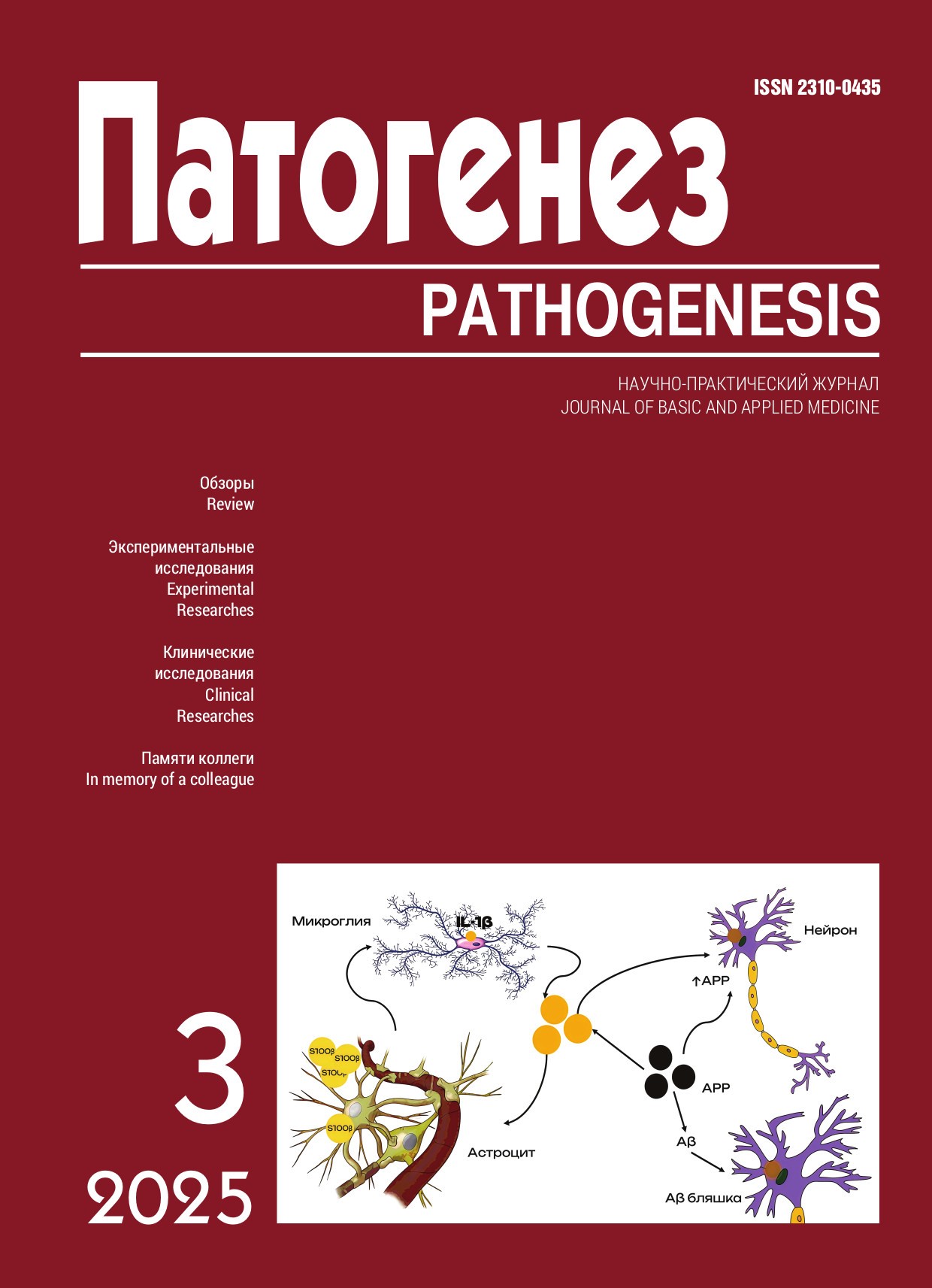Pathogenesis of disseminated intravascular coagulation: from classical concepts to modern molecular mechanisms
Abstract
Disseminated intravascular coagulation (DIC) is a multifactorial pathological condition occurring at the intersection of inflammation, innate immunity, and hemostasis. Classical concepts based on consumption coagulopathy have evolved to incorporate modern insights into the roles of tissue factor expression, endothelial dysfunction, and impaired fibrinolysis. Particular attention is given to molecular mediators such as nuclear and mitochondrial DNA, HMGB1, and neutrophil extracellular traps, which contribute to coagulation activation and regulatory failure. Regulated forms of cell death – including pyroptosis and necrosis – also play a significant role, accompanied by tissue factor release and inflammatory amplification. Hypoxia, HIF-related pathways, STING signaling, and inflammasome activation further enrich the complexity of pathogenesis. Recent data support the theory of dual endothelial activation, highlighting the parallel and independent triggering of inflammatory and microthrombotic cascades. Thus, DIC is best understood as a systemic response to severe injury, characterized by a breakdown in vascular and immune homeostasis. Further research is essential to refine our understanding of key pathogenic nodes and to guide the development of pathogenetically targeted therapies.




